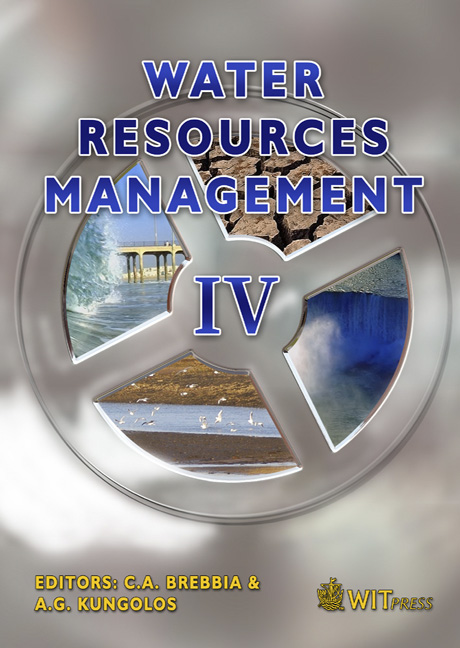Use Of Geophysical Methods In Investigating PRBs Employing Non-conductive Reactive Materials
Price
Free (open access)
Transaction
Volume
103
Pages
10
Published
2007
Size
1,899 kb
Paper DOI
10.2495/WRM070331
Copyright
WIT Press
Author(s)
Y. S. Kim, J. J. Kim, G. H. Lee & J. B. Park
Abstract
Resistivity survey and ground penetrating radar (GPR) were used for investigating a full-scale permeable reactive barrier (PRB) installed nearby abandoned mines of the Go-sung area, located on the south coast of the Korean peninsula. The aims of the testing program included evaluating the applicability of geophysical methods in: 1) locating PRB installations, 2) investigating the movement of groundwater through the PRB and 3) qualitatively identifying the extent of contaminant removal on the PRB. The results indicated that both resistivity and GPR surveys were applicable in giving exact locations of PRB installation based on given information on the reactive material properties, including particle size, composition and electrical characteristics. The resistivity survey was also successful in evaluating the movement of groundwater at different locations nearby the PRB installation. On this basis, results and discussion of the testing program provides evidence of the reliability of geophysical surveys to be used as in-destructive methods for investigating PRBs in operation. Keywords: permeable reactive barriers, abandoned mines, heavy metals, resistivity survey, ground penetrating radar. 1 Introduction Permeable reactive barrier (PRB) has gained wide acceptance as an effective technology to remediate a variety of contaminants present in groundwater. The technology has many advantages over traditional methods of remediation, in that it is passive and a large amount of contaminants can be treated in a cost-effective
Keywords
permeable reactive barriers, abandoned mines, heavy metals, resistivity survey, ground penetrating radar.





